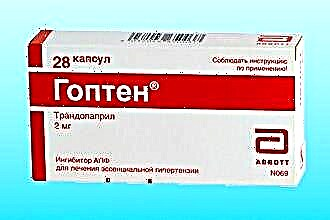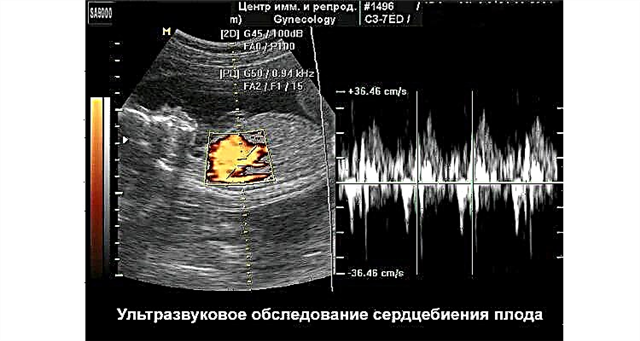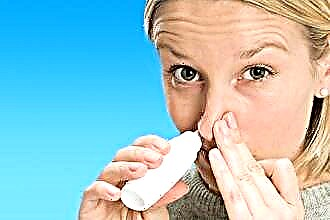Nasal rinses
Ready-to-use salt solutions
They are presented in a wide variety in our pharmacies. Most often, these preparations are made on the basis of pure water and salt with the addition of certain mineral components. In terms of effectiveness in getting rid of a cold, they practically do not differ from self-made solutions, examples of which we give below. The disadvantage of such fluids is their relatively high cost, and the advantage is time savings, since they can be used immediately after purchase.
Sea salt solution
You can prepare this liquid yourself without leaving your home. To do this, you need dry sea salt, which many use as a mineral bath additive. Take 1-2 teaspoons of sea salt and add it to 0.5 liters of boiling water. Then wait until the solution has cooled to room temperature and you can start rinsing.
Make sure all salt crystals are dissolved in the water. If necessary, filter the solution through gauze so that solid salt residues do not damage the nasal mucosa.
Saline
Water with 0.9% salt content is as close as possible in physical parameters to normal human blood. Therefore, such a liquid interacts most naturally with the nasal mucosa without overdrying or irritating it. To prepare saline, take 9 grams (1 teaspoon) of regular table salt and dissolve them in 1 liter of hot boiled water. Then cool the liquid to room temperature and, if necessary, pass it through a gauze filter.
Herbal preparations
This is a very effective remedy if a runny nose is caused by a common cold, the most common cause of rhinitis. And here is the choice of what to rinse your nose with runny nose at home, very wide. As a basis for the preparation of the infusion, you can use:
runny nose at home, very wide. As a basis for the preparation of the infusion, you can use:
- pharmacy chamomile;
- calendula flowers;
- yarrow noble;
- white willow bark;
- medicinal sage;
- leaves of coltsfoot, blackberry and plantain;
- liquorice root;
- meadow clover, etc.
Important! The shelf life of this nasal rinse solution is only 24 hours. The next day, you will need to prepare a new infusion.
The herbal preparations themselves are the easiest to buy at the pharmacy. It is also convenient because the recipe for the preparation of the infusion is usually indicated on the package. But more often than not, you will need to take 1-2 teaspoons of the dry mixture and pour a glass of boiling water over it. After that, the container should be covered with a lid and let it brew until it cools down to room temperature on its own. Of course, before rinsing, it is necessary to drain the solution through cheesecloth to remove all solid components from it.
Tea solution
The use of tea for rinsing the nose does not have any particular advantages over the other options described above for colds. But nasal congestion and the appearance of excess mucus in it can also be caused by allergic rhinitis. And in the case of allergies, just all other solutions, except for tea, will not be very effective.
This is explained by the fact that the main purpose of rinsing the nose for colds is to remove accumulated mucus, which is an excellent breeding ground for pathogens. But with allergies, the discharge from the nose is almost always watery in nature, which means it flows out on its own. Rinsing with tea solution will help you not to thin the discharge, but to reduce its intensity. Tea has such an effect due to the fact that it contains tannins, which can strengthen the walls of the capillaries of the nose and reduce their permeability to liquid.
To prepare a tea rinse solution, take a pre-owned tea brew and refill it with boiling water. Only natural leaf tea is suitable for this, powder bags cannot be used. Then let the infusion cool to room temperature, strain it through cheesecloth and start the procedure.
Methods for rinsing the nose
Using special utensils
This is a technique of Indian yogis, which, nevertheless, is quite effective from the point of view of traditional medical science. To do this, you will need a special teapot or a device called "Aqua-Maris" that is more modern in form, materials and design, which is filled with a rinsing solution. This type of rinsing includes several steps:
- Tilt your head and turn it slightly to the side.
- Take a deep breath and hold your breath.
- In the nostril, which turned out to be higher, gently insert the tip of the spout of the dish and begin to pour in the liquid.
- The solution will pass through the nasopharynx and pour out of the "lower nostril".
- Repeat the procedure symmetrically for the other nostril.
Using syringes or syringes
This method is quite simple to implement. The solution is drawn into a syringe (without a needle!) Or into a rubber syringe bulb. You need to tilt your head slightly down so that the liquid can flow freely. Next, you should insert the tip of the syringe or syringe into the nostril and gently press the plunger or squeeze the bulb, respectively.
Important! Do not apply a solution under high pressure - too intense a jet of liquid can damage the mucous membrane or penetrate into the inner ear cavity, causing inflammation.
Pipette
This is not a very effective way to flush out excess mucus, as relatively little fluid penetrates the nasal passages. Rinsing with a pipette works most effectively in children due to the small volume of the nasal cavity.
But there is one type of flushing where this option will be very beneficial to your health. This is a rinse of the nose with infusions of medicinal herbs for colds. Throw back head back and inject into each nostril 3-5 drops of a phytopreparation solution. Then pinch your nose with your fingers and do not let the liquid run out for about a minute. In this case, the medicinal compounds contained in the liquid will have time to settle on the mucous membrane and begin to have a therapeutic effect.
head back and inject into each nostril 3-5 drops of a phytopreparation solution. Then pinch your nose with your fingers and do not let the liquid run out for about a minute. In this case, the medicinal compounds contained in the liquid will have time to settle on the mucous membrane and begin to have a therapeutic effect.
Deep rinsing
This is the most intensive way to rinse the nasal passages. To do this, you will need a container with a wide open top edge (shallow saucepan, bowl with low sides, etc.), into which the rinse solution will be poured. You need to pinch one nostril with your finger, and immerse the other in the liquid and begin to draw it in through the nostril. The solution should pass through the entire nasopharynx and pour out through the open mouth (into another container or sink). This technique will not be comfortable for everyone, and in order to master it, you may need to practice first.
Important! No rinsing of the nose can be carried out if a person already has inflammation of the middle ear cavity (otitis media) or mechanical obstruction of the nasal passages.
There are quite a few options for how to rinse your nose at home with a cold. But it must be remembered that each such procedure must be completed with a thorough mechanical cleaning of the nasal cavities from liquefied mucus. To do this, you need to blow your nose well, tilting your head down, looking vertically at the floor. At the same time, this manipulation will remove all the water from the nasopharynx, which will be a good preventive way to prevent hypothermia of the nasal sinuses. Also, in order to avoid this, it is necessary to stay at room temperature for at least an hour after the procedure.



